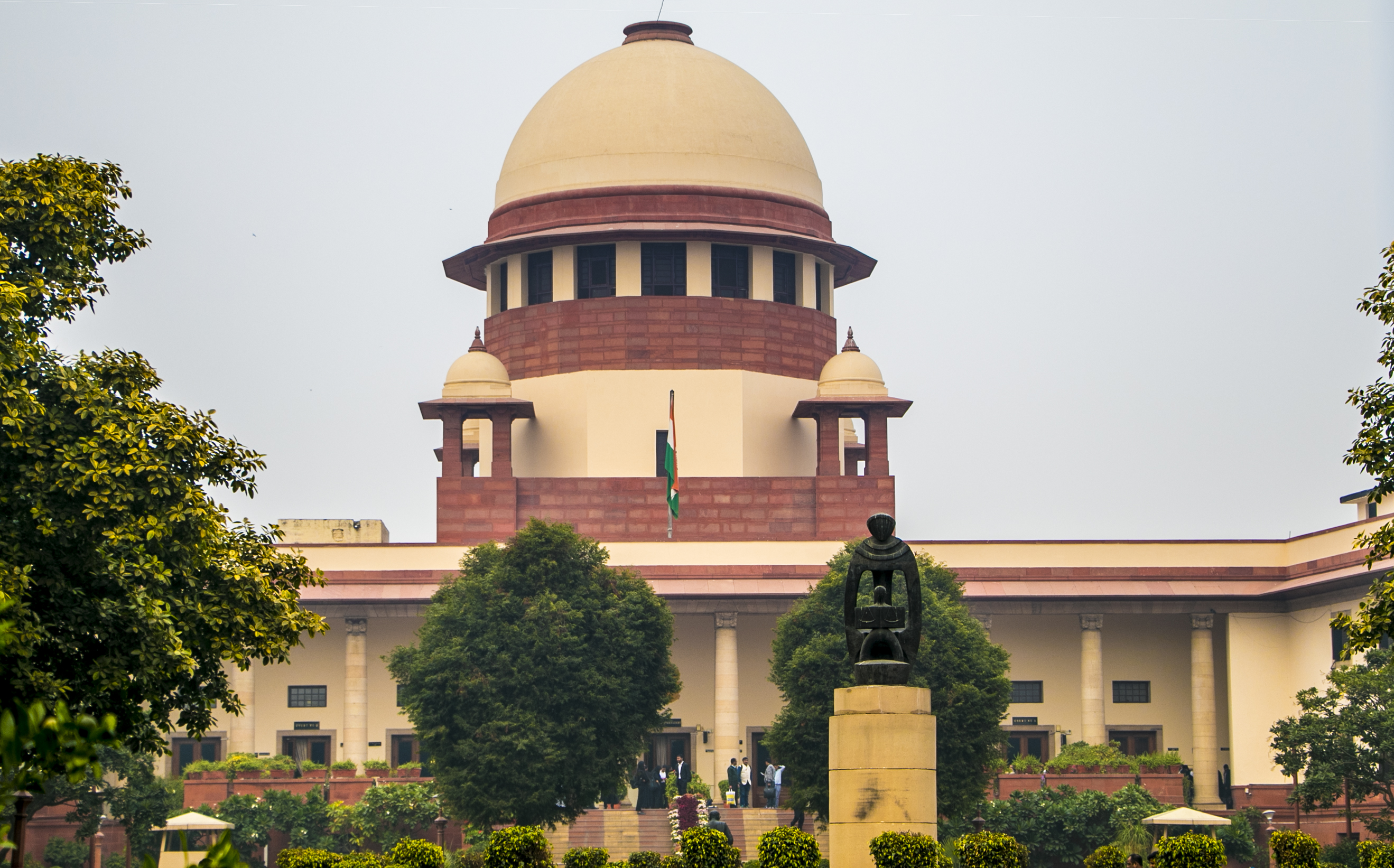InCivil Appeal No. 3991/2023 -SC- Supreme Court exempts services to IIT Patna & NIT Rourkela from service tax
Justice S. Ravindra Bhat & Justice Dipankar Datta [13-10-2023]

Chahat Varma
New Delhi, October 16, 2023: In a significant decision, the Supreme Court has held that the services provided by Shapoorji Pallonji and Company Private Limited (SPCL) to Indian Institute of Technology, Patna (IIT Patna) and the National Institute of Technology, Rourkela (NIT Rourkela) are exempt from service tax, as they are covered within the definition of a ‘governmental authority’ under the Mega Service Tax Exemption Notification(No. 25/2012, G.S.R 467(E) dated 20th June, 2012).
In summary, SPCL was awarded a contract by NBCC India Limited (NBCC) to construct buildings and facilities for IIT Patna and NIT Rourkela. The case involved the issue of whether or not the Indian IIT Patna and the NIT Rourkela were covered by the definition of a ‘governmental authority’ for the purposes of the Mega Service Tax Exemption Notification. The Commissioner of Customs, Central Excise and Service Tax, Patna had argued that these institutions were not governmental authorities because they did not have 90% or more participation by way of equity or control by the Government.
The counsel representing the appellants in both the appeals had contended that IIT Patna and NIT Rourkela were not eligible for the benefits outlined in the Exemption Notification due to their exclusion from the definition of a governmental authority.
On the other hand, the counsel appearing for IIT Patna had contended that the IIT Patna qualified as a governmental authority under the Exemption Notification as amended by the Clarification Notification. It was further argued that the provisions contained in sub-clause (i) and sub-clause (ii) of clause 2(s) were independent disjunctive provisions, and the expression ‘90% or more participation by way of equity or control’ was related to sub-clause (ii) alone. This meant that an authority established by the Government should have 90% or more participation to be exempt from service tax.
The division bench of Justice S. Ravindra Bhat and Justice Dipankar Datta referred to Superintendent & Legal Remembrancer, State of West Bengal vs. Corporation of Calcutta [LQ/SC/1966/303], wherein a nine-judge Bench of this Court, stated that where the language of a statute is clear, the words are in themselves precise and unambiguous, and a literal reading does not lead to absurd construction, the necessity for employing rules of interpretation disappears and reaches its vanishing point.
The bench observed that the word 'or' used in clause 2(s) indicated the legislative intent to provide an alternative. According to the golden rule of interpretation, which suggests that words should be construed in their ordinary, natural, and grammatical sense, the word 'or' in clause 2(s) unmistakably implied an alternative, allowing for a choice. Deviating from this ordinary interpretation would only be warranted if it resulted in vagueness or rendered clause 2(s) entirely unworkable.
Further, the bench examined the decision rendered in KantaruRajeevaru vs. Indian Young Lawyers Association &Ors [LQ/SC/2020/206], wherein it was observed that when a provision is carefully punctuated and there is doubt about its meaning, weight should undoubtedly be given to the punctuation; however, though a punctuation may have its uses in some cases, but it cannot certainly be regarded as a controlling element and cannot be allowed to control the plain meaning.
The bench noted that the use of a semicolon was not a casual or insignificant matter; it was deliberately included with a clear intention to distinguish it from sub-clause (ii). Furthermore, a plain and literal reading of clause 2(s) revealed that a semicolon followed sub-clause (i), while sub-clause (ii) ended with a comma. This supported the only plausible interpretation, which was that the comma after sub-clause (ii) related it to the extended text following it. In no way could the application of the extended text be stretched to cover sub-clause (i), as the scope of sub-clause (i) concluded with the semicolon.
The bench expressed the opinion that the extended text of clause 2(s) governed only sub-clause (ii) and not sub-clause (i) due to a simple reason. The introduction of a semicolon after sub-clause (i), followed by the word ‘or’, had established sub-clause (i) as an independent category, setting it apart from sub-clause (ii). If the drafter intended for both of these parts to be read together, there would have been no apparent reason for not using the word ‘and’ without the punctuation of a semicolon. While the Clarification Notification introduced an amended version of clause 2(s), the author had the freedom to define ‘governmental authority’ in whichever manner they chose. In this case, ‘governmental authority’ was redefined with the intention of making the clause workable, distinct from the earlier definition. Therefore, it was not permissible to interpret ‘or’ as ‘and’ in a way that would eliminate the alternative provided in clause 2(s).
For the reasons stated above, the court found no merit in these appeals. Consequently, the impugned judgments and orders were upheld, and the appeals were dismissed.
Sign up for our weekly newsletter to stay up to date on our product, events featured blog, special offer and all of the exciting things that take place here at Legitquest.




Add a Comment